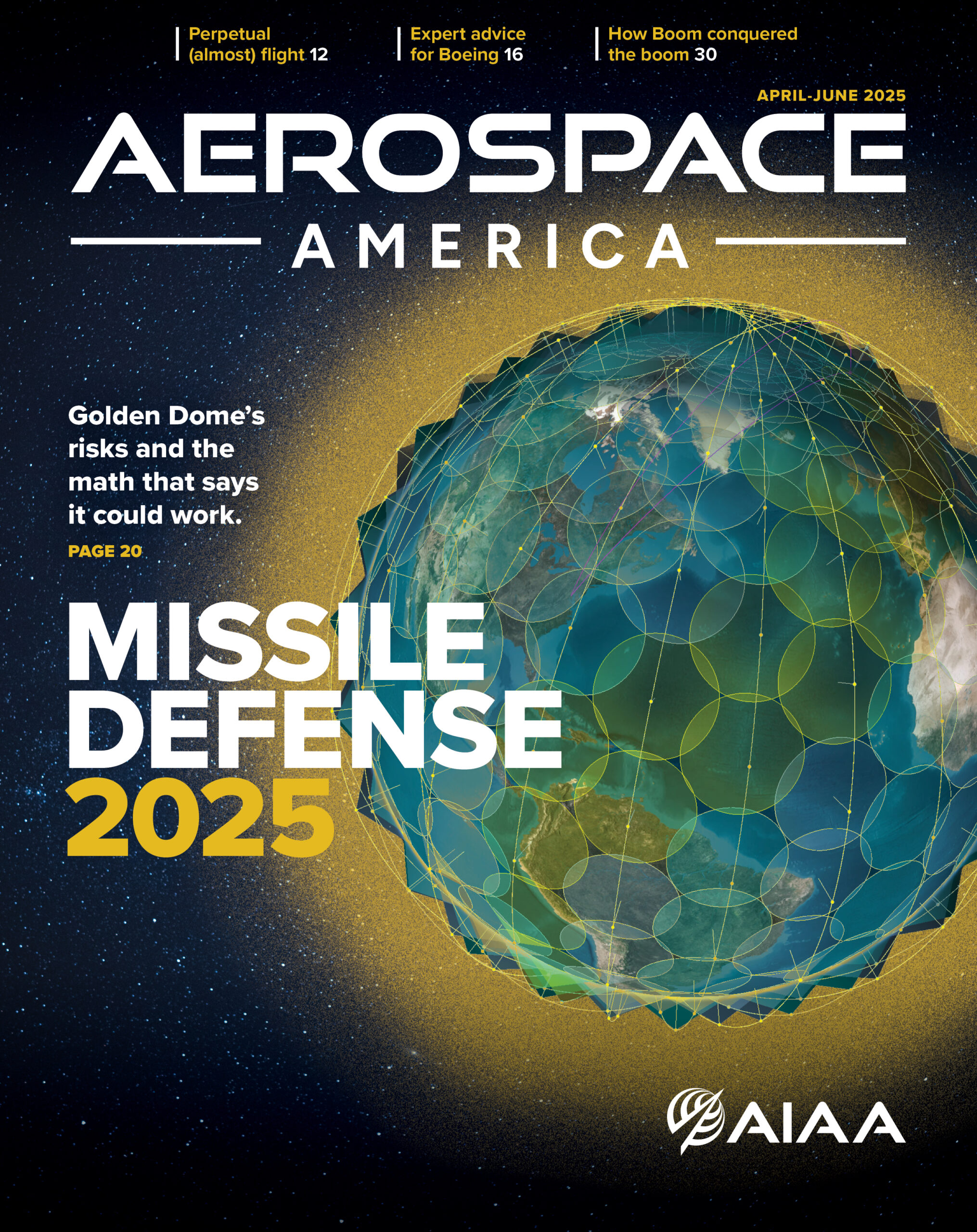Built to Go Further, Faster Without Accelerating Global Warming, New Designs Show Promise in Meeting Increasing Air Travel Demand
Commercial aviation is staring down a massive shortfall—and time is running out. According to industry estimates, more than 40,000 new aircraft will be needed by 2050 to meet global air transportation demand. Yet between them, the world’s two largest aircraft manufacturers—Boeing and Airbus—can only deliver about 26,000 new aircraft by the midpoint of this century.
“The entire industry is asking, where are the next 15,000 airplanes going to come from?” Aleksey Matyushev, CEO and co-founder of aviation startup Natilus, noted during the final day of the 2025 AIAA AVIATION Forum in Las Vegas.
Speaking on the “Changing the Fleet” panel, Matyushev underscored the industry challenges by sharing a story about Boeing, which designed, built, and certified the original 737 in three years at a cost of $1.1 billion in today’s dollars. He observed that five decades later, Boeing leadership estimated the cost to build a new narrowbody airplane to replace the 737 at $50 billion.
“Technology has gotten faster and better, but there’s a huge gap in the market in how we actually get it done,” he said, adding that current challenges have made airlines “finally willing to listen to startups such as us.”
Natilus’s Matyushev was joined by executives from Boom Supersonic, Otto Aviation, and Transcend Air – firms poised to disrupt the market – as they gave a dramatic glimpse into how they plan to fill the void and reshape the fleet in the process.
Natilus: Accelerating Decarbonization
Natilus, based in San Diego, has two flagship aircraft in development: the Kona regional freighter and Horizon, a hyper-efficient 200-passenger jet designed to challenge the narrowbody market. Both Natilus aircraft use a blended-wing body (BWB) design, which was first commercialized by McDonnell Douglas and NASA in the early 1990s for air freight applications.

“One of the biggest challenges is the stability control. What Natilus brings to the table is [that] we believe we’ve figured it out,” remarked Matyushev.
The design is a radical departure from the traditional tube-and-wing layout that minimizes drag, resulting in increased lift and less fuel consumption. When Natilus announced Horizon in May, it was hailed as the first passenger aircraft to emit 50% less emissions and burn 30% less fuel, a combination that could help decarbonize global commercial aviation.
Kona, the company’s short-haul cargo plane, offers similarly impressive improvements: 50% lower operating costs, 2.4 times the cargo volume of competing operators, and 30% less fuel burn, according to Matyushev. Validated through wind tunnel testing and early flight data, Kona has already attracted attention from Ameriflight, one of the largest regional freight carriers in the United States.
“As a company, we want to be a large OEM,” said Matyushev, who shared that Natilus is working with Palantir to scale next-gen manufacturing with the goal to build one aircraft a day, 365 days a year.
Otto’s Laminar Leap
In another corner of aero innovation, Otto Aviation, based in Ft. Worth, Texas, is pursuing laminar flow efficiency to disrupt the business jet market. Otto’s in-development aircraft, the Phantom 3500, uses drag-reducing aerodynamic design that officials say could cut fuel use by up to 60%.

“For business jet operations, fuel burn and engine reserves are the main drivers of operating cost, so this makes a spectacular business case,” said Kyle Heironimus, Otto’s VP of Engineering.
Otto’s super-mid jet will seat nine, fly coast-to-coast, and weigh just 19,000 pounds—compared with 40,000 pounds for today’s similar-class jets for business and regional air travel. With a stand-up cabin and short runway performance (<3,500 ft), it is poised to access twice as many airports as competitors.
“Flying at 47,000–51,000 feet, we avoid contrail formation. That’s critical because contrails (the visible line of condensed water vapor or ice crystals that form in the wake of an aircraft) could contribute more to global warming than CO2,” Heironimus added. “With the use of sustainable aviation fuel, we estimate a 97% reduction in global warming force – Otto’s technology… allows us to very quickly approach the 2050 Paris Accord goals.”
Boom Brings Supersonic Back
Boom Supersonic, based in Centennial, Colorado, is pushing even further—beyond sound itself. The company’s XB-1 demonstrator aircraft conducted two supersonic test flights in January and February, and achieved Mach 1.18, breaking the sound barrier six times with no audible sonic boom on the ground.

“The Concorde proved supersonic flight was possible, but it never closed the business case,” said David Lazzara, staff scientist, Applied Aerodynamics, who joined Boom Supersonic last August following 12 years at Boeing, where he was associate technical fellow for Boeing Research & Technology.
Lazzara explained that Boom has accomplished what Concorde didn’t, due in part to its operational approach of breaking the sound barrier without a primary sonic boom reaching the ground. This is achieved through “Mach cutoff.” Explaining the phenomenon, Lazzara said it happens when sound waves refract (bend) in the atmosphere, preventing the sonic boom from reaching the ground.
“When cruise flight reaches a narrow band of Mach numbers (between Mach 1 and 1.3) and aided by our friend, the atmosphere, pressure waves from the aircraft are oriented in such a way that as they encounter higher speeds of sound at low altitudes, they refract and turn away, reaching an inflection point above the ground.”
“Bringing that type of performance and capability to the airspace means innovative routing and operations. That includes sonic boom management—making sure the aircraft is routed in non-conventional ways to keep a strong sonic boom from the coastline or …to enable Mach cutoff operations,” he said.
As a result, Boom supersonic aircraft can fly 50% faster over land compared with today’s subsonic airliners, and 100% faster over the ocean, where sonic booms affecting the local population is not a concern.
Boom’s flagship aircraft is Overture, a 60-passenger jet with a 4,200-nautical mile range, powered by Symphony, Boom’s purpose-built SAF-compatible engine. In a major departure from traditional aircraft development processes, the company brought the airframe and engine design together, typically done separately, in a move that Lazzara credited with enabling optimal integration and mission performance, while helping close the business case for commercial sonic flight.
“This engine isn’t just about speed—it’s about sustainability, efficiency, and profitability,” Lazzara noted. “We’re doing what the traditional model couldn’t: integrating innovation early, burning down risk, and scaling with confidence.”
He credited Overture’s advances to Boom’s talented design team. “They are open minded and mission oriented and challenge assumptions to embrace a very different development process. In my view, the fleet in 2050 doesn’t change until we start with the people today that make that happen,” he added.
The Symphony program is already deep into testing and includes 30+ component trials, from combustors to bird-strike simulations. Boom counts United, American, and Japan Airlines among its early backers, with plans to serve 600 global routes, including New York to London in under four hours.
“The public is very interested in flying long routes much faster. They are willing to put aside their frequent flyer miles and pay a premium price,” Lazzara concluded.
Transcend Air’s Tilt-Wing Advantage
For city-to-city travel, Transcend Air is betting on speed and vertical agility. Their Vy 421 is a high-speed VTOL (HSVTOL) aircraft with a range of 1,000-nautical miles, designed for regional air mobility, operating between urban centers without needing major airports.

Peter Schmidt, Transcend Air’s COO and co-founder, explained that to be profitable in the single-aisle commercial aviation industry, “you need high load factors; you want to maximize the number of seat miles per day. You can get that with seats or speed. We focus on speed.”
Designed with a tilt-wing hybrid-electric VTOL, the aircraft requires no runway to take-off and land as its wing structure tilts vertically to enable the take-off and landing operations.
Schmidt said he’s a major proponent of HSVTOL because it targets the most profitable routes in aviation – city to city. By blending the flexibility of a helicopter with the speed of a jet, the greater Boston area company plans to slash trip times by 75% and operate at a lower cost than the combined price of commercial air and ride-share services. Schmidt pointed out that a Manhattan-to-Boston trip would cost $265—less than a Delta Shuttle ticket and Uber fare combined—and take just 32 minutes.
“I’m pretty confident our design will have a compelling place in this market as we move toward 2050,” he said.
A Fleet Transformed by 2050?
The executives fielded questions about challenges with integration and certification but remained optimistic about their potential to change the U.S. fleet by 2050.
Addressing when they expect their aircraft to be available to the flying public, Natilus’s chief executive indicated a 24-month timeline. Otto’s Heironimus expects the first test flights of the Phantom 300 aircraft in late 2027, with it going into service in 2030. Boom, which just wrapped up its aircraft’s conceptual design phase, is targeting the end of the decade for commercial rollout, while Transcend Air expects to debut its Vy 421 aircraft in 2028.
The future look at commercial aviation aircraft left a lasting impression on first-time AIAA AVIATION Forum and ASCEND attendee Vishnu Puri, 17, a senior at Mission San Jose High School in Fremont, California. The aspiring aerospace engineer called the panel “captivating” and filled with novel ideas for advancing aircraft design. He found Boom’s presentation particularly memorable. “I learned that Boom’s Mach cutoff technique is very sensitive and requires constant recalibration based on atmospheric conditions. I thought the sonic boom noise was completely solved, but I learned there is still a lot more opportunity left for innovation.”




